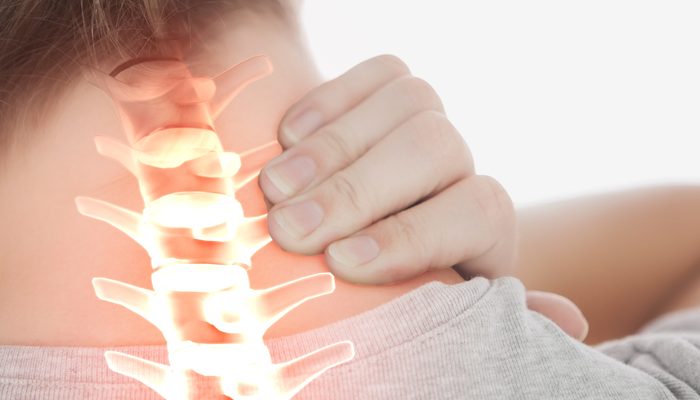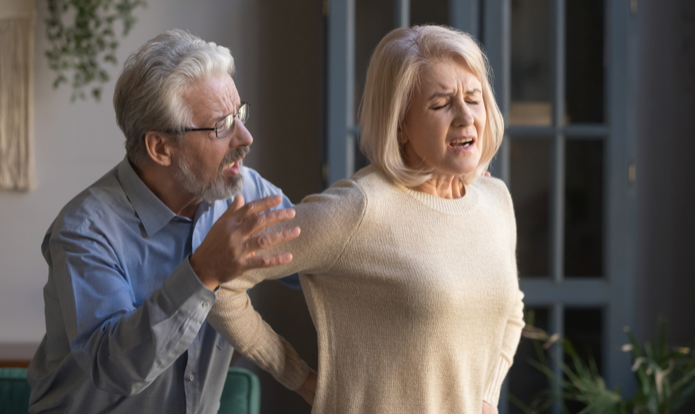
Among all medical conditions, lower back pain is the most common cause of disability worldwide. Approximately 80 percent of adults will suffer from low back pain at some point during their lives. Pain can also be experienced in other areas of the back, such as the upper and middle back.
Much of the body’s weight is supported by the back muscles and spine. People use their muscles in their everyday lives to move, including standing, sitting, and walking. Over-the-counter medicines such as ibuprofen and acetaminophen may help relieve pain. If you want quick relief from your lower back pain, here are some of the best remedies for you.
Anti-Inflammatory Drugs

Most of the time, when you have back pain, it’s caused by a strain of a muscle or ligament, and anti-inflammatory medicine helps to reduce the inflammation. Even if you are exercising patience, a non-steroidal anti-inflammatory drug (NSAID) such as naproxen (Aleve) and ibuprofen (Motrin, Advil) may help you reduce the back pain you are trying to overcome. Medicine guidelines for treating lower back pain found these to be slightly more effective than acetaminophen (Tylenol).
Pain-Relief Cream
You can find a variety of pain-relief creams in pharmacies and online that can relieve your back pain. It may also be beneficial to apply creams that contain capsaicin, which is a compound found in hot peppers. Studies have shown that capsaicin cream can help relieve osteoarthritis pain.
A pain-relief cream containing menthol has a cooling effect that temporarily dulls back pain. It has been suggested that menthol can desensitize pain receptors by applying it to the skin. The use of too much menthol, however, can result in increased sensitivity to pain.
Ice & Heat
Put the frozen pea bag (or cold pack, if you feel fancy) to good use for the first 48 hours after the pain starts by using 20 minutes at a time several times a day for several sessions. When you finish with those 2 days, you can start using a heating pad for 20-minute intervals.
Capillaries are shut down and blood flow is reduced to the area by localized cooling, helping to reduce swelling. Cold also interferes with nerves’ ability to transmit pain signals. By contrast, heat relaxes tight muscles and increases circulation, bringing in more oxygen.
Exercise For Back Pain

When back pain strikes, getting up and moving can be challenging. Walking, stretching, exercising in water, or other low-impact activities may alleviate back pain. During exercise, tense muscles are relaxed, and endorphins are released, which help the brain fight pain. To keep muscles strong and flexible, people might also consider starting daily exercise routines that include strength training and stretching. Regular exercise might prevent future back pain episodes caused by tight muscles.
Back pain can often be treated at home with home remedies and a little patience. Chronic or severe back pain, however, should be discussed with a doctor.
Physical therapy, medication, or other treatments may be recommended by a doctor. Herbs and supplements should not be taken by people who have preexisting medical conditions or are taking regular medications.
3 Comments
Nice Blog. Thanks for sharing.
nice blog keep posting
I got some amazing tips from your blog thank you so much for this blog keep posting blog like this: Visit site: https://zandupainrelief.com/


